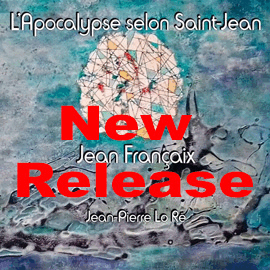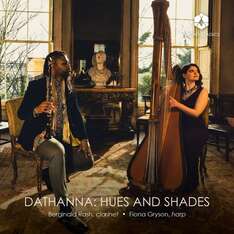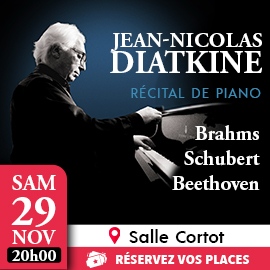Was wäre die Literatur für Holzbläser ohne die französischen Komponisten des späten 19. Jahrhunderts? Im Pariser Konservatorium entwickelte sich die viel gerühmte französische Schule, der ein Großteil des postromantischen Repertoires zu verdanken ist. Programme mit explizit dieser Literatur sind nichts Neues.
Auch Berginald Rash hat für sein neues Album auf das bewährte Rezept zurückgegriffen, mit den üblichen Verdächtigen: Saint-Saëns, Pierné, Cahuzac sowie populären Stücken wie Ravels Pavane oder Saties Gymnopédies. Zum Schluss gibt es dann noch ein nicht minder übliches Bravourstück: Il Carnevale die Venezia. Anstelle des Klaviers treten hier Fiona Gryson und die Harfe auf. Sie bringen sonder Zweifel ein anderes Kolorit in die Werke, was dann auch den Titel des Albums erklärt: Hues and Shades – frei übersetzt so viel wie Klangfarben und Schattierungen.
Charmante Klangfarben sind durchaus zu vernehmen. Dennoch bleibt das Gesamtpaket vom Konzept und auch vom Klangspektrum her am Ende recht eindimensional.
What would woodwind literature be without the French composers of the late 19th century? The much-vaunted French school, to which much of the post-Romantic repertoire owes its existence, developed at the Paris Conservatoire. Programs explicitly devoted to this literature are nothing new.
For his new album, Berginald Rash has resorted to the usual suspects: Saint-Saëns, Pierné, Cahuzac as well as popular pieces like Ravel’s Pavane or Satie’s Gymnopédies. Finally, there is a no less usual bravura piece: Il Carnevale di Venezia. Fiona Gryson and the harp appear here in place of the piano. They undoubtedly bring a different coloration to the works, which also explains the title of the album: Hues and Shades.
There are certainly charming timbres to be heard. Nevertheless, the overall package remains rather one-dimensional in terms of concept and sonic spectrum.





















